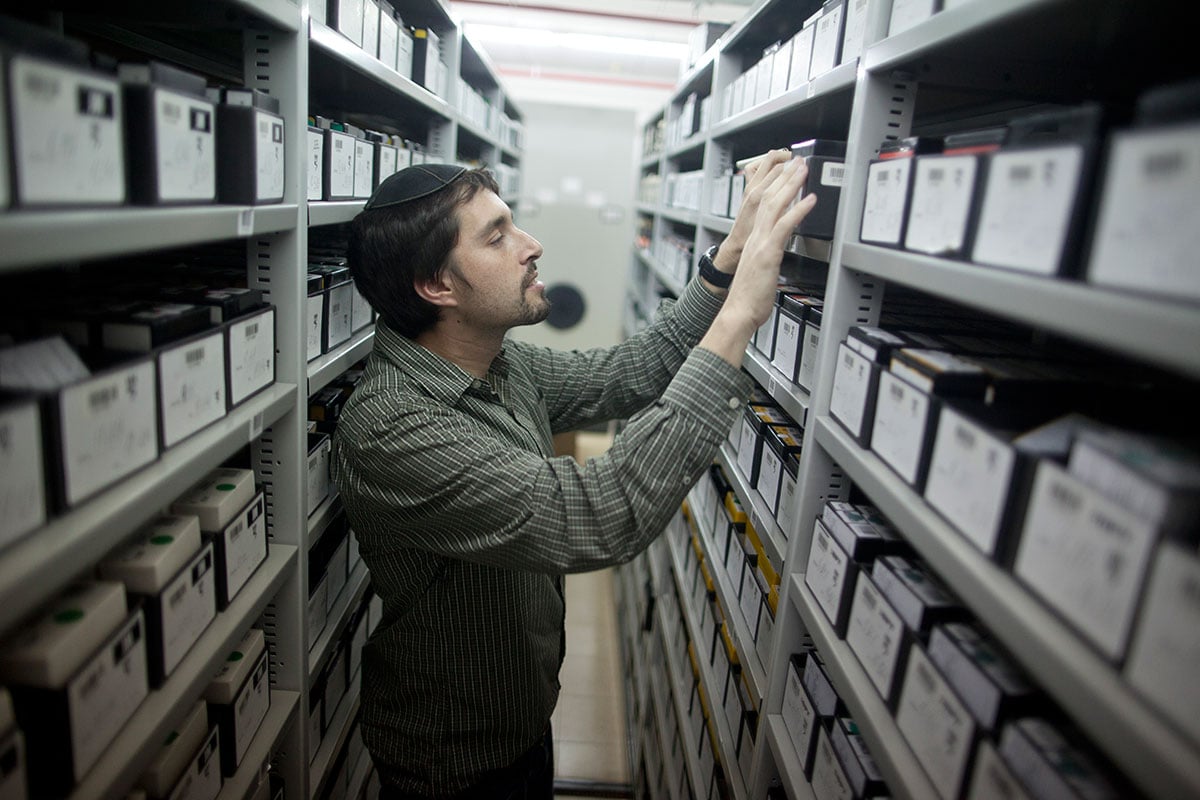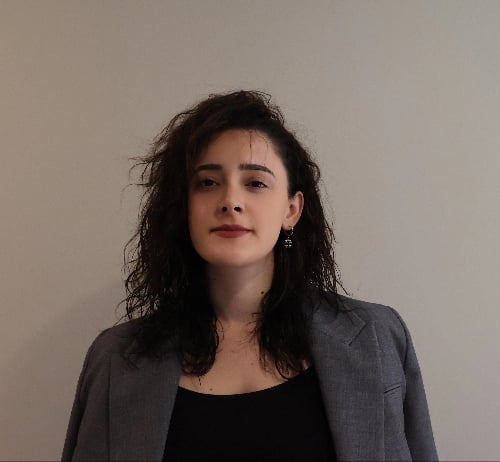
Andranik Kocharyan, member of the “Civil Contract” party in the National Assembly, responded to Eduard Sharmazanov’s accusations against Prime Minister Nikol Pashinyan during a conversation with “Azatutyun” radio station. Kocharyan stated that Pashinyan is committed to establishing accurate foundations regarding the Armenian Genocide and ensuring that the list of compatriots who were victims of the genocide is objective.
Sharmazanov had accused Pashinyan of trying to forget the genocide.
During a question-and-answer session with journalists in the National Assembly, Kocharyan elaborated on the topic by responding to a question from a journalist. He emphasized that the aim is to acquire accurate data on all the victims of the genocide, which may result in a number that is either higher or lower than the commonly cited figure of 1.5 million.
“The Jews have succeeded, why shouldn’t we?” Kocharyan said.
Kocharyan’s claims were discussed and criticized in the Armenian media and social networks. Later, he gave a new statement to Azatutyun, claiming that it was his personal idea and not Prime Minister Pashinyan’s.
He admitted that he should not have phrased it that way and agreed with his colleagues from the Civil Contract party that their fraction had not discussed the idea. Kocharyan also stated that no political decision has been made regarding the matter.
Holocaust database
Yad Vashem is a memorial dedicated to the victims of the Holocaust. According to the official website of the monument, it contains information about more than 4,900,000 people. This includes victims of the Jewish genocide, persons whose fate is unknown, as well as some survivors.
The Yad Vashem law was passed by the Israeli parliament in 1953, eight years after the genocide and five years after the country gained independence. The law’s objectives include collecting, studying, and publishing evidence related to the Holocaust and the heroism it produced, among other things.
In reality, however, Jewish organizations had already begun collecting data on Holocaust victims years before the law was passed. In some cases, this was done during the genocide. Following the Nazi’s rise to power in Germany, various Jewish organizations started gathering information about anti-Semitic events.
During the Second World War, various centers were set up in Germany, Poland, France, and other European countries to document the victims’ data and collect the necessary documents. According to Yad Vashem’s official website, the first documents were received from historical commissions.Such commissions were operational in several European countries and played a crucial role in gathering information about the victims of the Holocaust. The Israeli government’s collection of data was supplemented by data obtained from Jews who were in concentration camps, ghettos, and hiding places during the Israeli Diaspora and the genocide. Several documents in official German archives also served as a vital source of information for data collection.
In addition to victim data, Yad Vashem collected three million one-page testimonies about Holocaust victims.
What information is available about the Armenian Genocide?
While written data and documents are abundant about the Jews of Europe, including lists of those who were transferred to concentration camps, the information available about the victims or survivors of the Armenian Genocide is incomplete for several reasons. Genocide scholars point to ottoman Empire’s lack of state documentation as contributing factor.
Some information is available about the lives of Armenians and their life in the Ottoman Empire. The website houshamadyan.org provides this information, but its primary purpose is to revive and document the history of Armenian villages and towns in the Empire. It does not specifically focus on collecting data about the survivors or victims of the Armenian genocide.
Historian Richard Hovhannisyan collaborated with the Armenian Cinema Association to prepare and publish approximately 1,000 testimony interviews of genocide survivors and their descendants. Another 400 such interviews were prepared solely by the Armenian Cinema Association. These sources were compiled and published in collaboration with Shoa, the University of California’s Holocaust research center.
The Genocide Museum is currently working on developing such a database
Andranik Kocharyan, in fact, is not the first to propose creating a database of victims of the Armenian Genocide. In the spring of last year, the Genocide Museum had already announced its similar sentiment, noting that the data collection may take 10 to 15 years. According to the former director of the Genocide Museum-Institute, Harutyun Marutyan, the purpose of the database is to “collect the names of Genocide survivors and Genocide victims.” Moreover, the museum received the support of the Armenian government to implement the project.


Add new comment
Comments by Media.am readers become public after moderation. We urge our readers not to leave anonymous comments. It’s always nice to know with whom one is speaking.
We do not publish comments that contain profanities, non-normative lexicon, personal attacks or threats. We do not publish comments that spread hate.